by Stella Mar 28,2025
The 1970s marked a period of significant change for Marvel Comics, with iconic stories like "The Night Gwen Stacy Died" and Doctor Strange's encounter with God. However, it was the 1980s that truly heralded a golden age for the company, characterized by landmark runs by some of Marvel's most celebrated creators. This era saw Frank Miller redefining Daredevil, John Byrne's influential work on Fantastic Four, David Michelinie's Iron Man, and the peak of Chris Claremont's X-Men, followed by Roger Stern's Amazing Spider-Man and Walt Simonson's Thor. These contributions have played a crucial role in the enduring popularity of these characters.
The 1980s may well be considered Marvel's true golden age when examining the full scope of the Marvel Universe. In this seventh installment of our series, we delve into the essential issues of this transformative decade.
Chris Claremont's run on X-Men, which began in 1975, reached its zenith in the early 1980s with three monumental stories. The Dark Phoenix Saga, spanning X-Men #129-137, is arguably the most iconic X-Men story ever told. It follows Jean Grey's transformation into the Dark Phoenix, a narrative enriched by the villainous machinations of the Hellfire Club. This cosmic tale, illustrated and co-plotted by John Byrne, introduced key characters like Kitty Pryde (Shadowcat), Emma Frost, and Dazzler. Jean Grey's ultimate sacrifice remains a poignant moment in the X-Men saga, despite her later returns. This story has seen numerous adaptations, though fans often feel that the cinematic versions in "X-Men: The Last Stand" and "Dark Phoenix" fell short. Conversely, animated series like "X-Men: The Animated Series" and "Wolverine & the X-Men" captured its essence more faithfully.
AnswerSee ResultsFollowing closely, Days of Future Past in X-Men #141-142 introduced a dystopian future dominated by Sentinels, first seen in 1965, with Kitty Pryde traveling back in time to avert the assassination of Senator Robert Kelly. This compact yet profound arc has been revisited and adapted into the 2014 film "X-Men: Days of Future Past" and the animated series "Wolverine & the X-Men."The third notable story, X-Men #150, features a clash with Magneto that nearly kills Kitty Pryde, leading to the revelation of his Holocaust survivor backstory. This pivotal moment cemented Magneto's character development into a more complex figure.
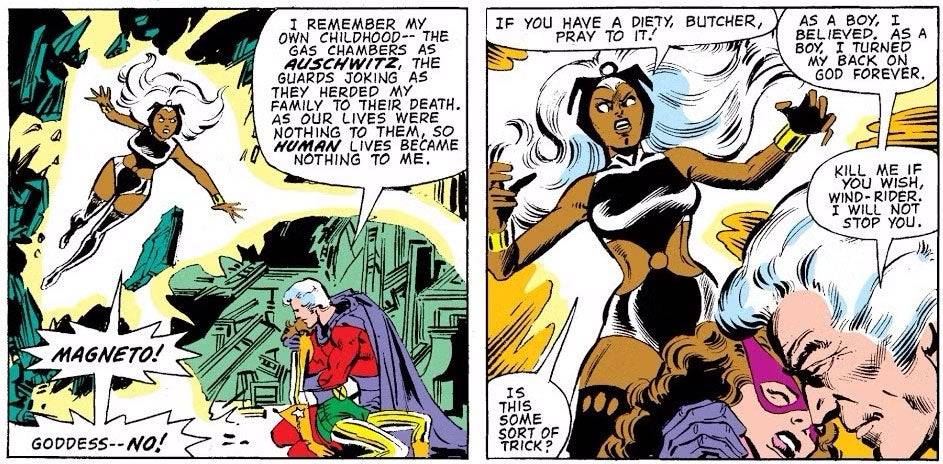
The 1980s also introduced major characters like Rogue, She-Hulk, and the New Mutants. Rogue debuted as a villain in Avengers Annual #10, part of Mystique's Brotherhood of Evil Mutants, and was responsible for draining Carol Danvers' powers. This issue also touched on Carol's traumatic past, impacting her future relationships with the Avengers. Rogue's journey from villain to hero is a cornerstone of Marvel's narrative history.
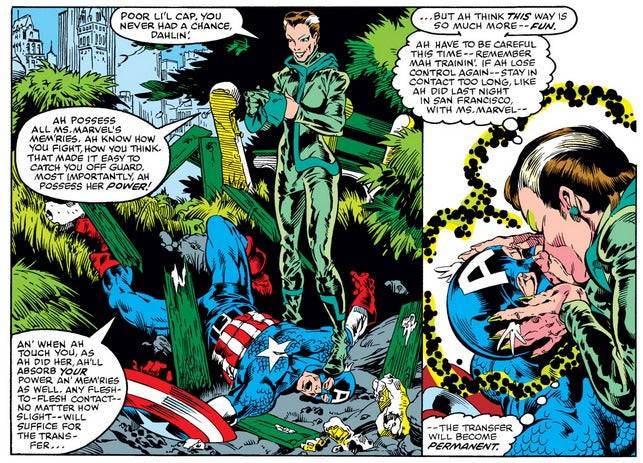
The New Mutants, Marvel's first X-Men spin-off, debuted in Marvel Graphic Novel #4. The team included young mutants like Cannonball, Sunspot, Karma, Wolfsbane, and Dani Moonstar (Mirage), with Illyana Rasputina (Magik) joining later. This group's adventures laid the groundwork for future stories, notably influencing the 2020 "New Mutants" film.
Daredevil #168 marked the beginning of Frank Miller's transformative run, introducing Elektra and reshaping the character's mythology. Miller's tenure, spanning issues #168-191, is renowned for its gritty realism and noir elements, inspiring both the 2003 film and the 2015 Netflix series, with the latter set to continue in the MCU show "Daredevil: Born Again."
Iron Man's Doomquest in Iron Man #149-150, crafted by David Michelinie and Bob Layton, saw Tony Stark facing Doctor Doom in a solo battle that transported them to Arthurian times. This story established Doom as a formidable adversary in Iron Man's rogues gallery.
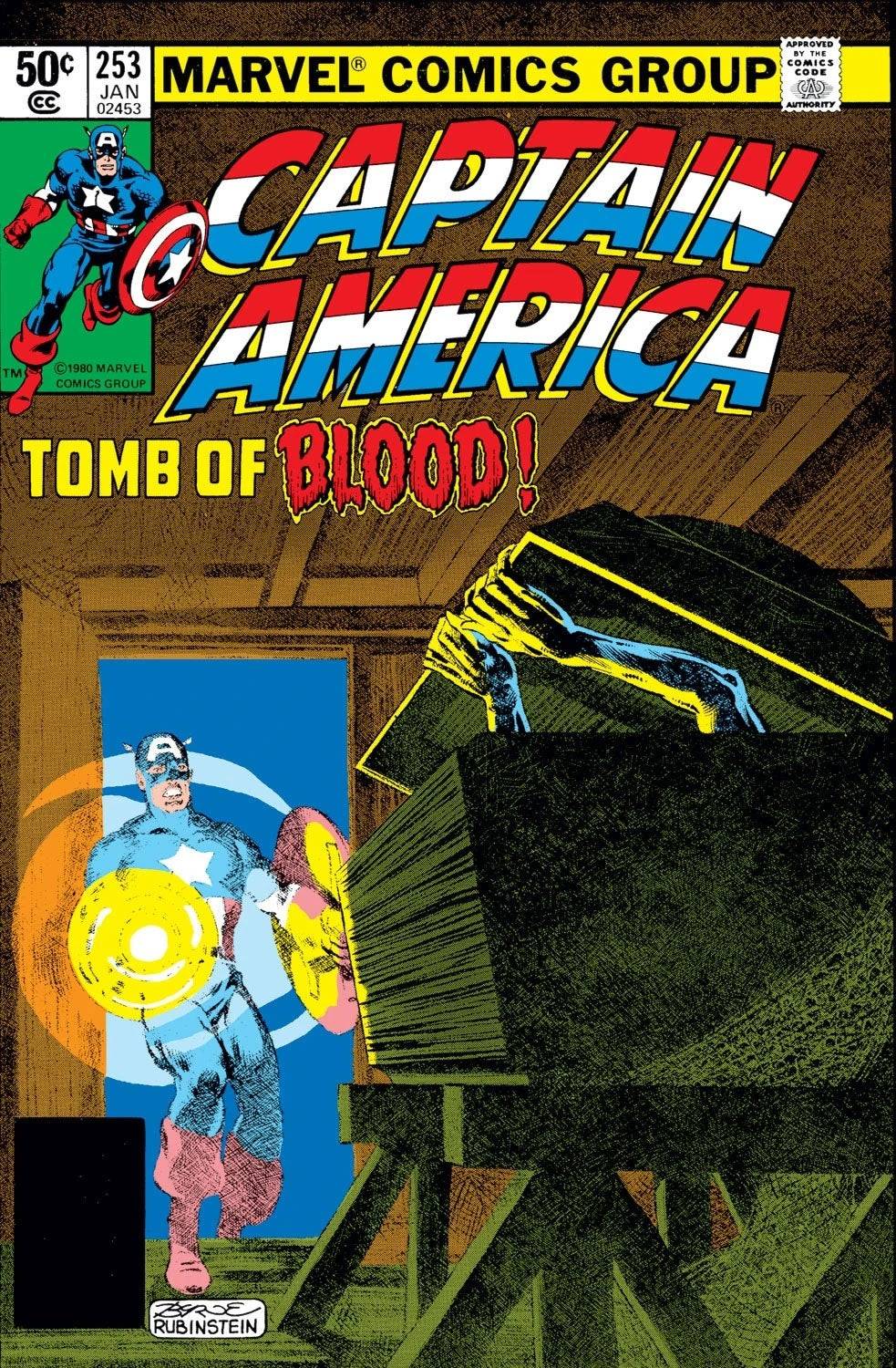
Moon Knight's transition from antagonist to hero was solidified in Moon Knight #1, where Doug Moench and Don Perlin fleshed out his backstory and introduced his alter egos, Steven Grant and Jake Lockley. This issue set the stage for all subsequent Moon Knight stories.
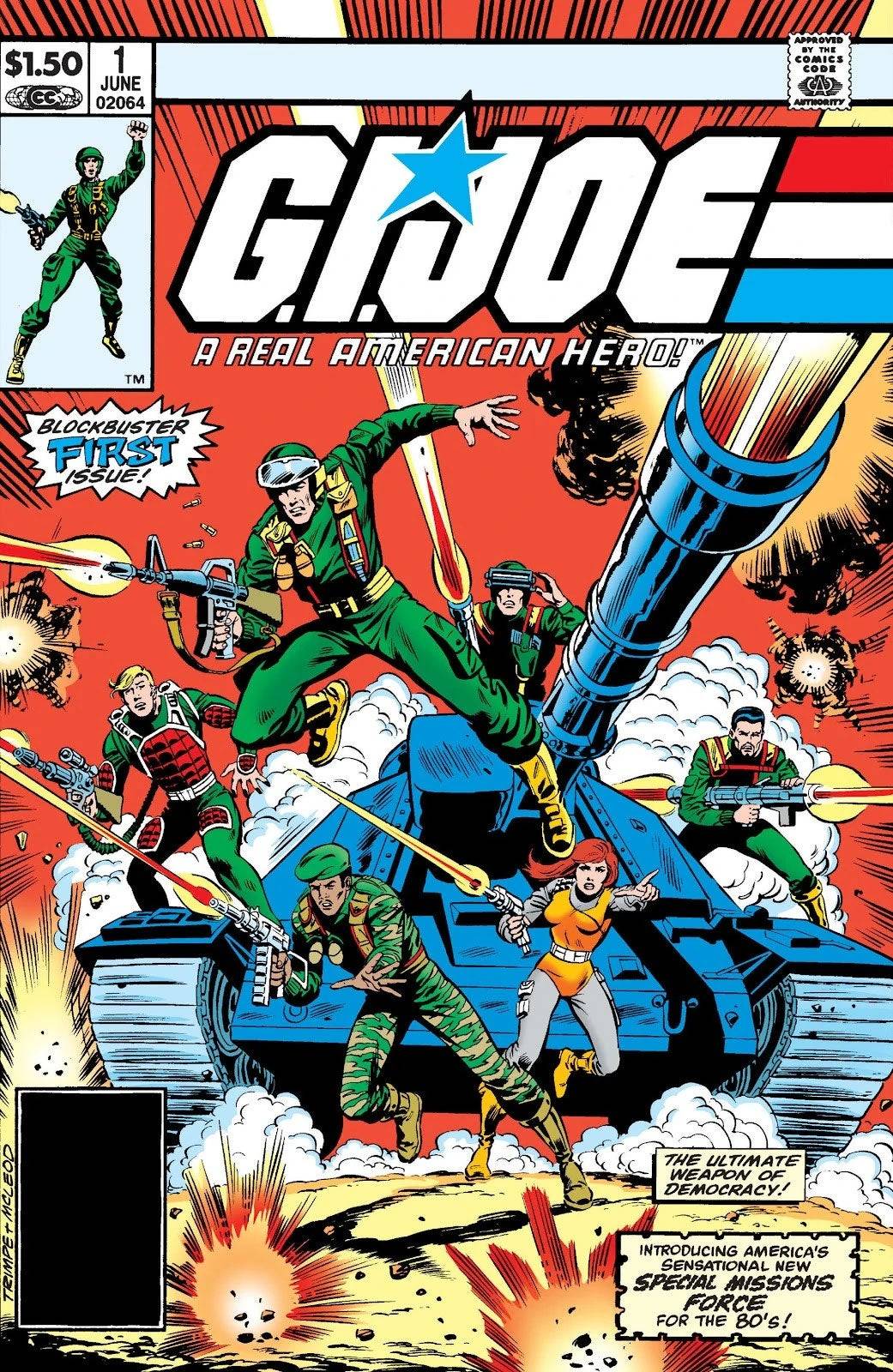
How to Feed Villagers in Necesse
Bitlife: How to Complete the Renaissance Challenge
Bahiti Hero Guide: Mastering the Epic Marksman in Whiteout Survival
Best Bullseye Decks in Marvel Snap
One of the most famous CoD players thinks the series is in the worst state now
How to Complete Canker in Kingdom Come Deliverance 2
Infinity Nikki: How to win at Marble King
How to Start Cars Without Keys in Project Zomboid

Fortnite Chapter 6: Collecting Mineral Samples with Plasma Burst Laser
Mar 30,2025

"Legacy of Kain Devs Unveil Nosgoth Encyclopedia and TTRPG"
Mar 30,2025
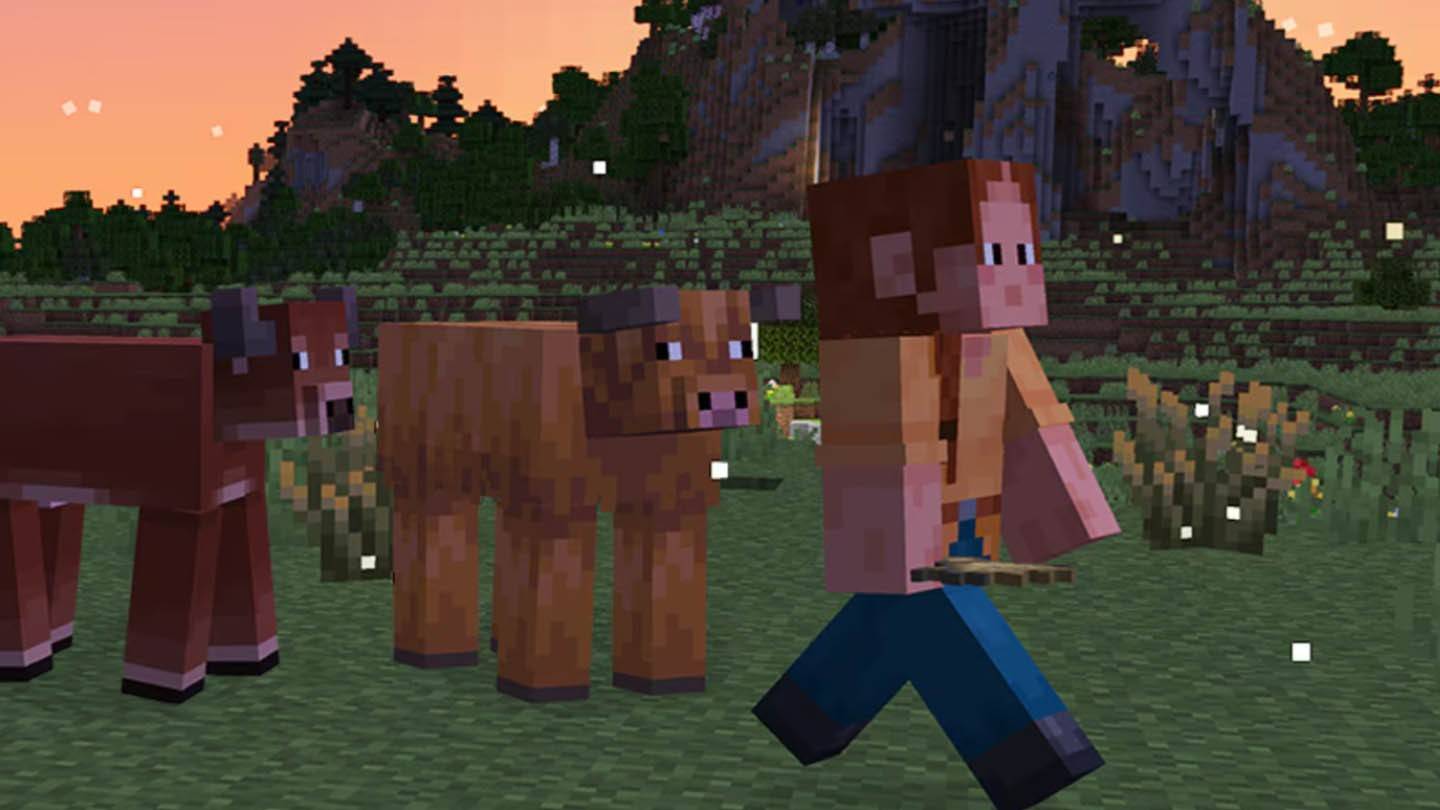
"Minecraft Unveils Adaptive Cows, New Plant with Fireflies, and Ambient Music"
Mar 30,2025
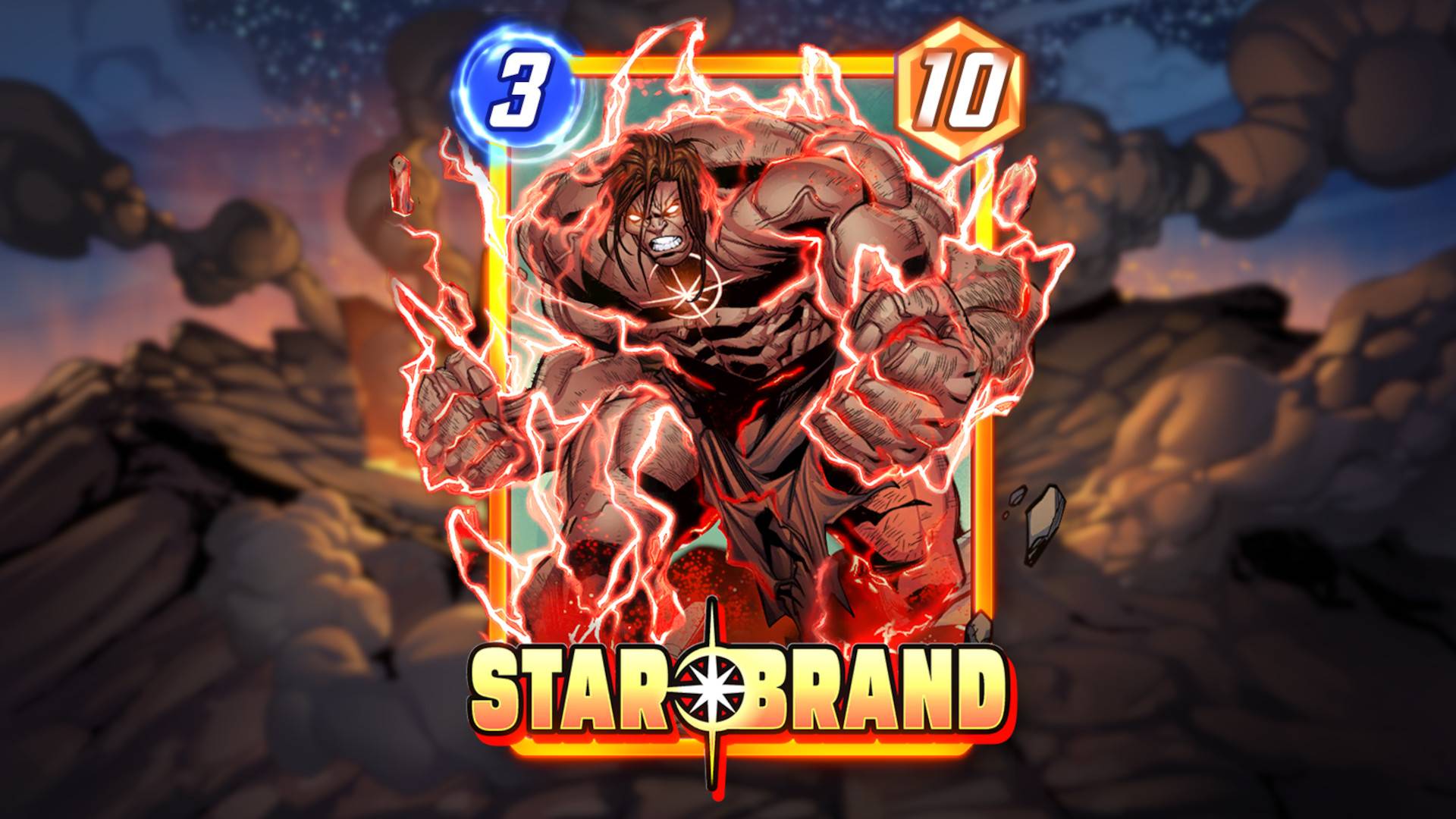
Top Starbrand Decks for Marvel Snap Revealed
Mar 30,2025
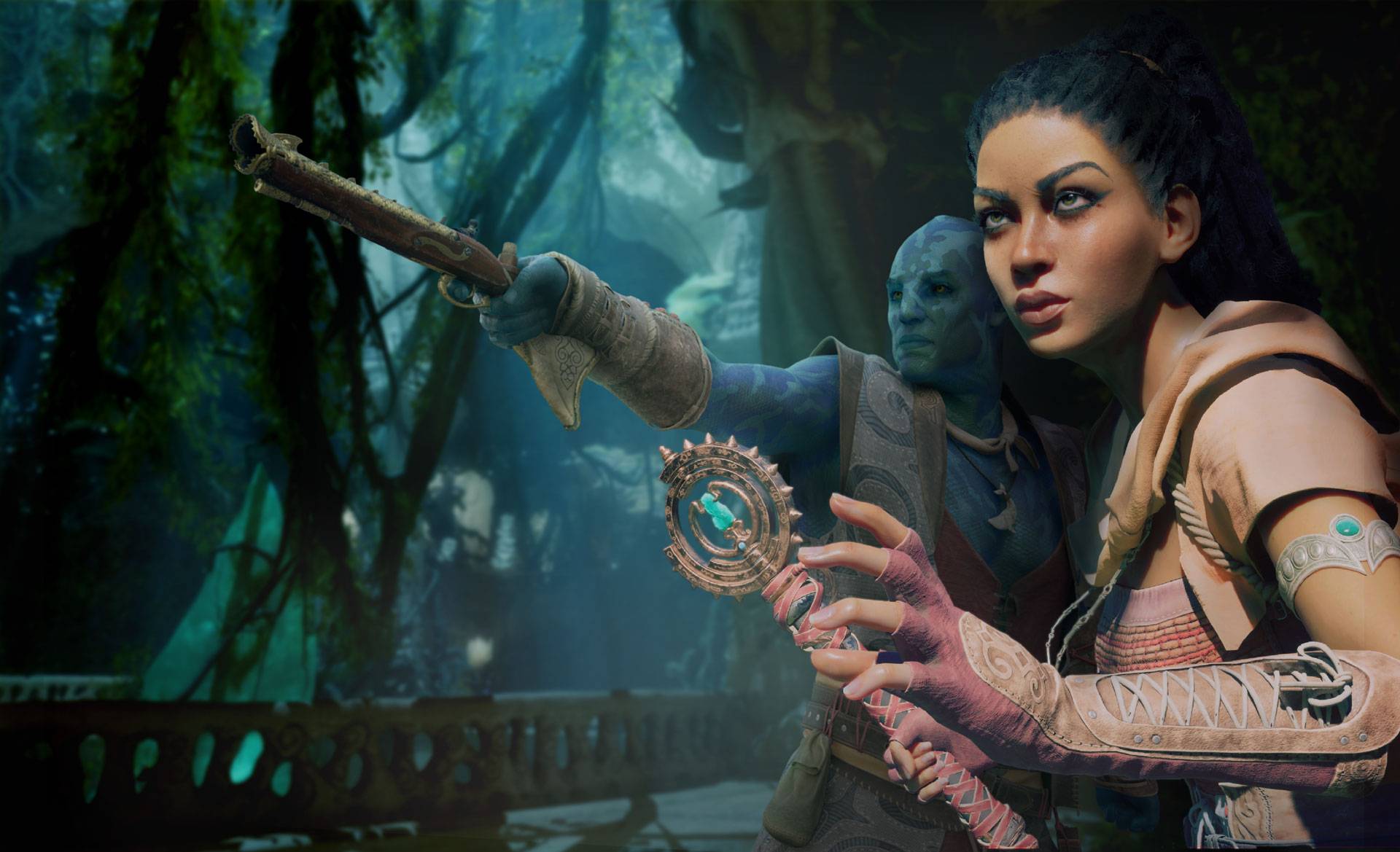
Best Avowed Companions, Ranked by Helpfulness
Mar 29,2025